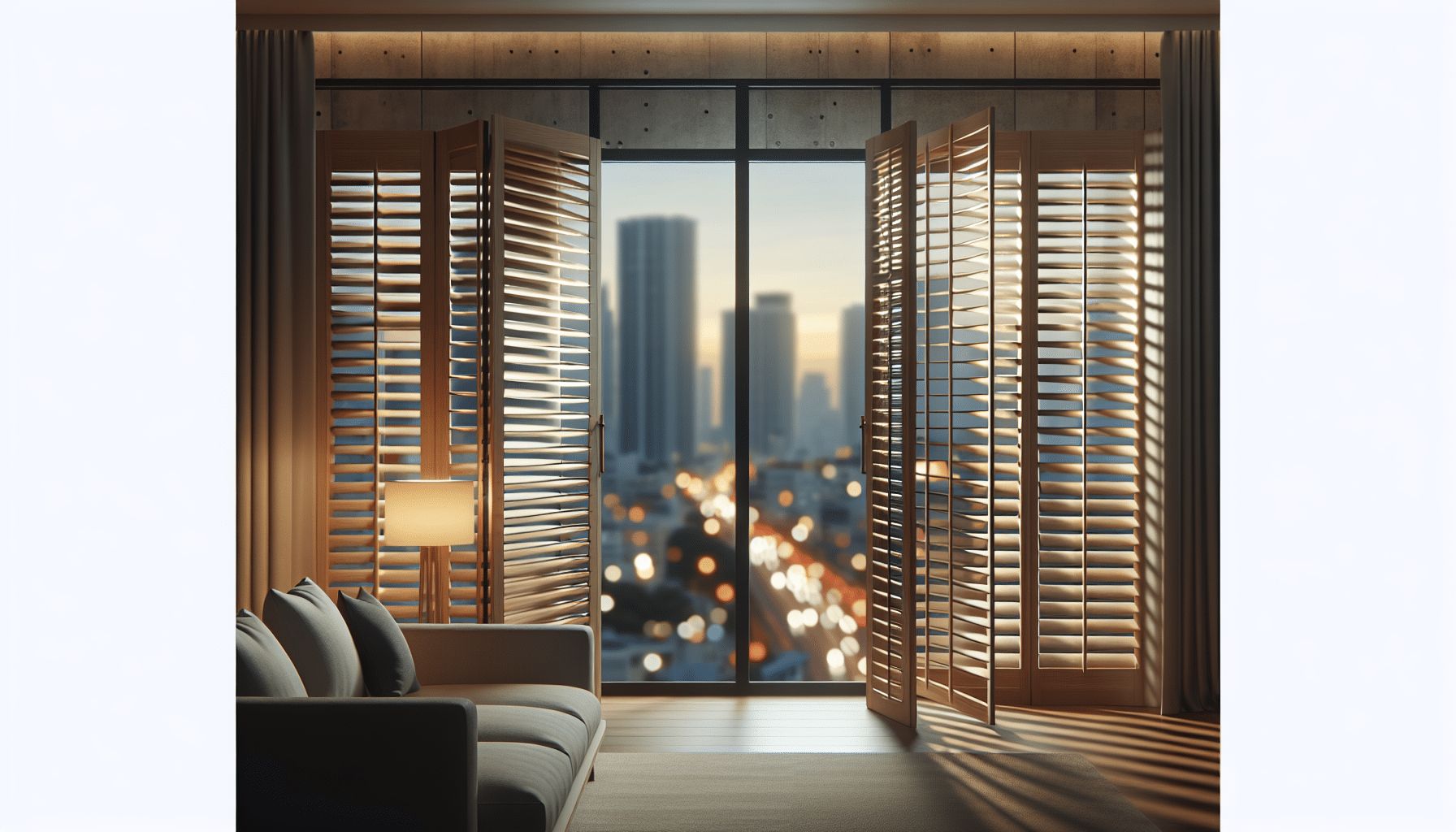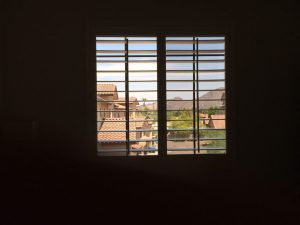If you live in Queen Creek and you’ve ever wished the world outside would just hush for a bit—especially during morning commutes or when neighbors are doing yard work—you’re not alone. Choosing the right Shutters for noise reduction can make a home feel calmer, cooler, and more private. Let me explain how a few practical choices (and one surprising trick) can shave off the sound that sneaks in through windows, without turning your house into a bunker.
Why noise matters more than you think — and who this is for
Noise isn’t just annoying; it affects sleep, focus, and even stress levels. Homeowners near busy roads, schools, or the occasional construction site in Queen Creek notice it more in the summer when windows are open. This article is for you if you want quieter rooms for naps, music practice, remote work, or just easier conversations.
Here’s the thing: not every solution is expensive or permanent. Some people go straight to double-pane windows, which helps a lot. But shutters—when chosen and installed properly—offer a unique middle ground: style, light control, and real noise reduction. You can have charm and calm. Sounds like a win, right?
What actually cuts sound — the basics (no fluff)
Sound behaves like water in a way: it finds gaps, it pushes through cracks, and it loves thin, lightweight barriers. So, to reduce sound you can either block it with mass or absorb it with damp Materials. For shutters, that means heavier materials, tight seals, and layered systems perform better.
Quick list — think of these as the must-haves:
- Mass: Heavier panels block more sound than thin ones.
- Sealing: A snug fit around the window frame prevents sound leaks.
- Layering: Shutters plus curtains or glass gives better results than either alone.
Which shutter types actually help — and which are mostly cosmetic
Not all shutters are created equal. Some look great but won’t do much for noise. Here’s a practical comparison to help you decide.
| Shutter Type | Noise Reduction | Why it works (or doesn’t) |
|---|---|---|
| Solid Wood shutters | Medium to high | Dense material adds mass; good when fitted tightly and combined with seals. |
| Composite/vinyl shutters | Medium | Resistant to warping, decent mass; works well for Arizona climates. |
| Aluminum/tropical hardwood | Low to medium | Durable but thinner; can rattle unless braced and sealed well. |
See? It’s not rocket science. Solid materials and good fitting matter. But there’s a mild contradiction worth mentioning: lighter shutters are sometimes quieter because they don’t creak or bang in the wind. That’s why quality installation is as important as the material itself.
Installation tricks that actually reduce sound (don’t skip these)
You could buy the thickest shutters on the block, but poor installation will leak sound like a sieve. Here are practical tips we recommend every time.
Seal the gaps. Add thin foam or felt strips where the shutter meets the frame. It’s low-cost and reduces flanking noise dramatically.
Use full-height panels. Full-height shutters close off more of the window area than cafe-style or plantation-only panels. More coverage equals less sound.
Mounting matters. An interior-mounted shutter with a tight casing buffer will do better than an exterior mount with gaps. Magnetic closures help keep panels pressed to the frame—simple and effective.
Combine and conquer — pairing shutters with other solutions
Here’s a little secret: shutters don’t have to carry the whole burden. Combine them with other elements and you get much better results.
Layering: Heavy drapes behind the shutters absorb mid-to-high frequencies that shutters can’t stop. It’s like wearing earmuffs under a hood—double protection.
Window upgrades: If you’re replacing windows anyway, pick laminated or double-pane glass; together with shutters, you’ll notice a substantial drop in noise. Honest to goodness, it’s the combo that often surprises homeowners.
Exterior landscaping: Trees, walls, or fences can deflect noise before it gets to the house. It’s not immediate shutter-speak, but it’s worth considering if you’re planning any yard work.
Practical examples — what we see in Queen Creek homes
We often install solid composite shutters for clients near Ellsworth Road or the newer developments where construction is common. One bedroom that used to pick up street chatter now feels like a private retreat. Another family combined shutters with blackout drapes in their nursery and noticed better naps—less city hum, more snooze.
You know what? Sometimes the solution is as much about comfort as it is about decibels. A quieter room equals better mornings, and that’s tangible.
How to choose for your home — quick decision guide
If you want a simple path forward, here’s how to think about it:
- If noise is mild (occasional cars, neighbors): Composite or solid wood shutters with good seals.
- If noise is moderate (busy street, frequent lawn equipment): Solid panels, magnetic seals, and layered drapes.
- If noise is high (near commercial areas or persistent traffic): Combine shutters with upgraded windows and consider exterior barriers.
And yes, if budget is a concern, start with good installation and sealing. That single step often gives the most bang for your buck.
Ready to quiet your home? Let’s talk.
If you live in Queen Creek and want real answers—no guesswork—Arizona Window Shutters can help assess your windows and recommend the best shutters for noise reduction for your home and budget. We’ll look at materials, fit, and what else to pair them with for maximum effect. Honest advice, local experience, and installs that respect your schedule.
Call us at 480-470-5641 or Request a Free Quote to get started. We’ll come by, listen to the noise with you, and propose solutions that actually make a difference.




